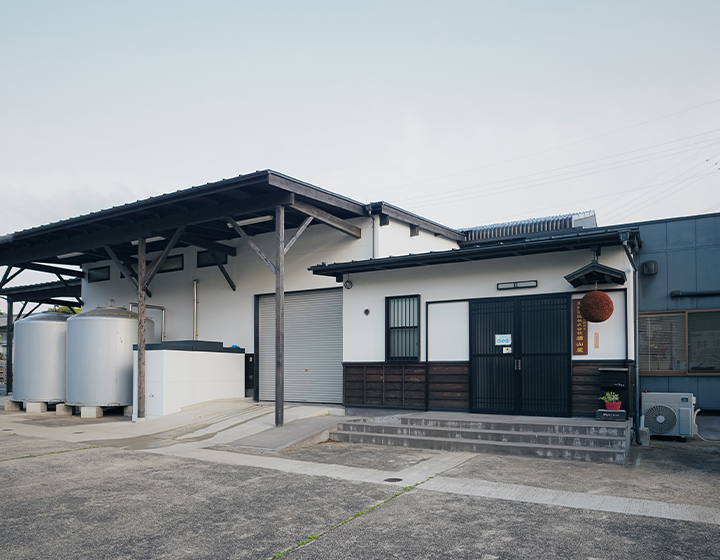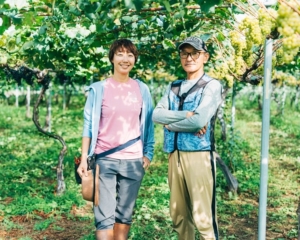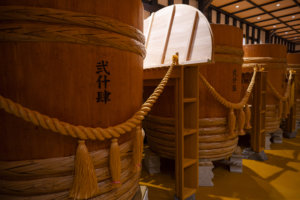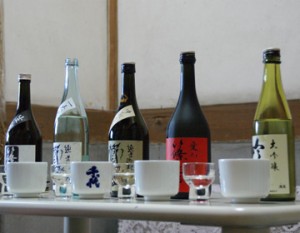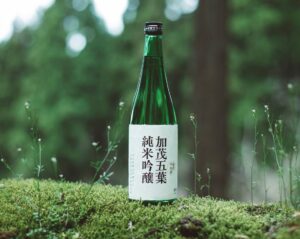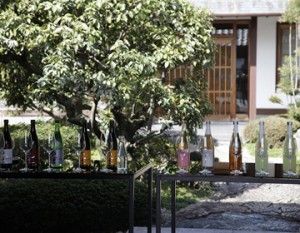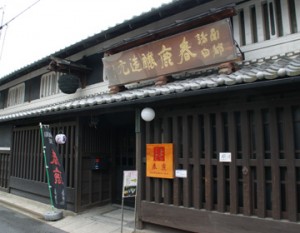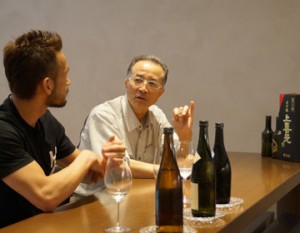Iki Island is known for Iki Shochu, Japan’s first geographical indication recognized by the World Trade Organization. Rice has long been grown on this rich land, and there were many sake breweries, but as time went by, the number of sake breweries declined, and in 1990, they finally disappeared from the island. Twenty-eight years later, however, the Shigeke Sake Brewery revived sake production on Iki Island. We visited Omoya Shuzo, the only sake brewery on Iki Island, to hear how it came to be.
Iki Island, the birthplace of barley shochu
Iki shochu” is recognized as a geographical indication by the World Trade Organization. Like “Bordeaux” and “Champagne” for wine, and “Scotch” and “Bourbon” for whiskey, only those shochu products that meet the criteria for region and production method can use the designation of origin, making it one of the most internationally protected and guaranteed shochu brands in Japan. The history of Iki shochu is long, and it is said that around the 16th century, the production of barley shochu using distilling techniques from the continent began on Iki Island.
Geographical Conditions and Fertile Land Suitable for Sake Brewing
Located roughly halfway between Kyushu and Tsushima, off the coast of the Genkai Sea, Iki Island is also known as “the island where the gods dwell,” as there are more than 150 shrines on the island. In the past, Iki flourished as a relay point for the spread of continental civilization and culture to Japan via China and the Korean Peninsula, and in the Chinese history book “Wei Zhi Wajinden” Iki appears in the 3rd century under the name “Iki Kuni” (一支国). In Japan’s oldest historical book, Kojiki (Record of Ancient Matters), it is written that Iki played the role of a transportation route connecting heaven and earth. Sake is an integral part of Shinto rituals, and Iki Island’s geological features have supported the production of sake. 60 km in circumference, the island is small enough that you can drive around it in two hours, and has the second largest granary in Nagasaki Prefecture, with plenty of high-quality groundwater. It is said that the reason Iki has an abundance of fresh water, which is rare for an island, is because the rain refined over many years in the basalt layer, the foundation of the island, is stored in a huge underground water vein. The fertile land, abundant water, and mild climate have developed an agricultural culture, which, combined with the culture created by the geographical conditions, has fostered sake brewing on the Island of the Gods.
Why was “barley shochu” born on Iki?
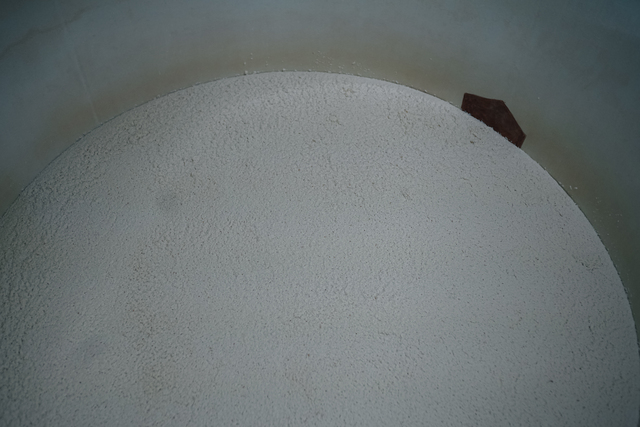
In the 16th century, when distilling technology was introduced from the continent, Iki was the domain of the Hirado Matsuura clan. The fertile land yielded a large amount of rice, but most of it had to be paid as tribute, and the islanders’ staple food was barley. People brewed their own doburoku with the surplus barley, and it was here that the new technology from the continent was introduced and became the origin of “Iki shochu.
What are the characteristics of Iki Shochu?
It must be made with rice malt, the ratio of rice malt to barley must be 1:2, and it must be brewed with local water, distilled on the island, and packed in containers. If these conditions are not met, it is not recognized as “Iki shochu. When one thinks of barley shochu, the Oita barley shochu, which led the second shochu boom, may be the first thing that comes to mind, but Oita barley shochu is made from barley and barley malt. Iki shochu, on the other hand, is made from barley, rice malt, and groundwater from Iki Island. Currently, seven shochu breweries on the island are pursuing their own individuality and taste while making world-class Iki shochu.
Shigeke Shuzo Yokoyama Brewery, a sake brewery on the island of shochu
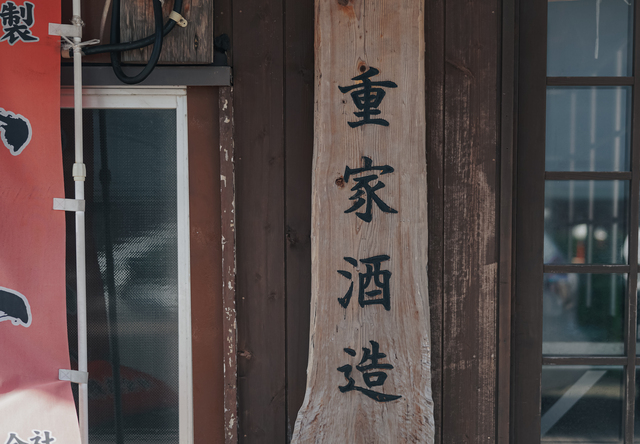
In 1902, there were 35 shochu breweries and 17 sake breweries on Iki Island, and sake production was thriving. However, 28 years later, the Shigeke Brewery revived sake brewing on Iki Island, and as of 2024, the company is beginning a new chapter in its history as a sake brewery that produces two national brands, with Yuzo Yokoyama, the president of the shochu brewery, and Taizo Yokoyama, Yuzo’s brother and managing director, serving as toji (chief brewer) for the sake brewery.
History of Shigeya Brewery
In 1924, Yuzo and Taizo’s great-grandfather, Kyozo Yokoyama, built a sake and shochu brewery, and the history of the Shigeya Brewery began. Since there were no refrigeration facilities in those days, the brewery was a dual-use sake and shochu brewery, making sake in the winter, which required delicate temperature control, and using the rest of the year for shochu production. The brewery produced sake “Fujitsuru” and Iki shochu “Sesshu,” both of which were well-loved on the island, but a turning point came during the reign of Shozo, the third generation of the family. Several major sake breweries entered the island’s sales market, and sake sales gradually began to slow. This, combined with the retirement of the aging toji (master brewer), finally led to the abandonment of sake production in 1990. Shigeke Shuzo was the last sake brewery to continue making sake on Iki Island. This meant that the sake culture on Iki Island had completely ceased to exist.
Taizo says, “When I saw my father, who was determined to have sake for dinner, drinking sake that did not come from his own brewery every night, I always felt that he must have had something on his mind. For a time, he was devoted to making shochu, but as he met breweries from all over Japan and sake dealers who were familiar with sake, his desire to revive sake production in Iki grew stronger. In the midst of all this, Mr. Yoshifumi Sumikawa, president of Sumikawa Sake Brewery in Yamaguchi Prefecture, known for its “Toyo Bijin” brand of sake, agreed to teach me how to make sake, and for five years from 2013, I traveled to many sake breweries across Japan with which I had close ties while undergoing a rigorous apprenticeship. He said, “I was able to revive sake brewing in Iki thanks to the support of my colleagues who agreed with my ideas. I have nothing but gratitude. Everything I have learned is being applied to the new brewery.
To the Yokoyama Brewery, Shigeke Shuzo’s sake brewery
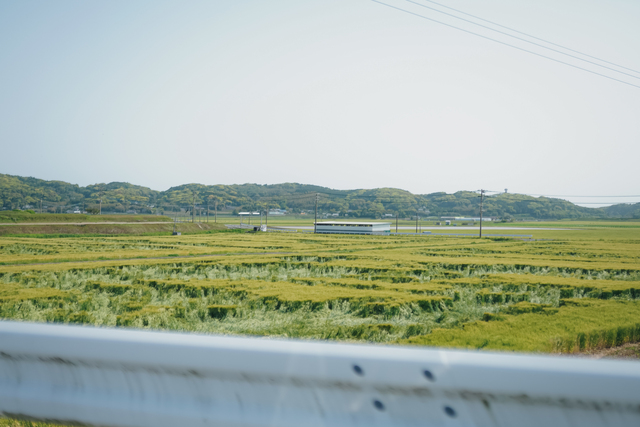
Southeast of Iki Island. Passing through Fukae Tabaru, the second largest plain in Nagasaki Prefecture, I visited the Shigeke Sake Brewery’s sake brewery. Rice and wheat swaying in the wind in the beautiful rice paddies spread out all around. At the entrance to the sake brewery, a water god is enshrined, and the sweet aroma of steaming rice wafted through the air.

We chose this location for the sake brewery because we found the ideal water,” Taizo said. He spent five years researching more than 20 water sources on the island to find the best water for brewing sake, and finally arrived at this source. The area used to be a place where asparagus was cultivated. We found that there was an abundant supply of high-quality soft water.

We were guided through the brewery, which is full of attention to detail. I visited the brewery at the end of April, just as the brewing of this year’s sake was finishing. In the brewery, young people who had come from Fukushima and Hyogo prefectures to train at the brewery were working quickly and efficiently. The temperature in the brewery is kept at a constant 5 degrees Celsius, which is suitable for the mash, and the fermentation process is adjusted through detailed temperature control. The brewery is designed to be compact, incorporating the latest technology and taking into consideration the size of the tanks and the line of flow,” he said.
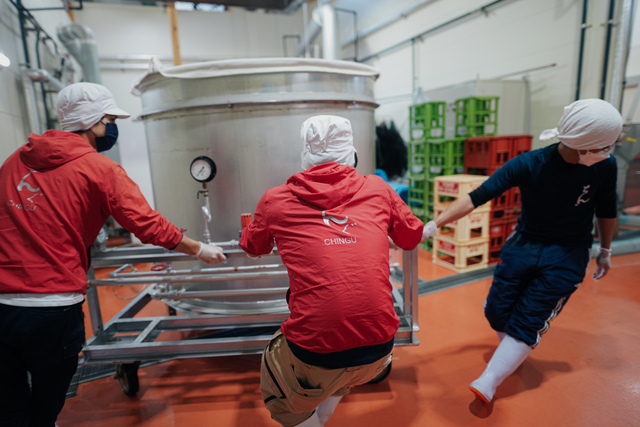
The koji room is designed with a low ceiling to increase the airtightness. We use four types of koji mold, including “Aroma,” which produces a crisp sweetness. For four months before we started the brewery, we continued to steam and wash the brewing tools indoors to prevent off-flavor from the new brewing equipment from sticking to the rice and koji,” he said. The brewery is thoroughly managed, and each process is closely analyzed in order to achieve the ideal sake quality.
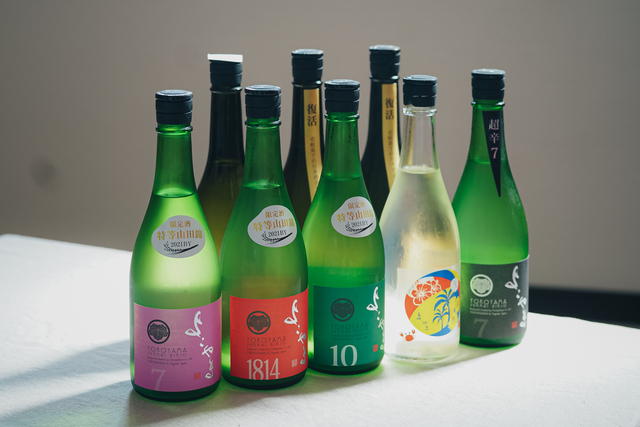
Iki water, Iki rice, the skill and passion of the master brewer, and the state-of-the-art facilities all contribute to the creation of Iki sake, which bears the name of the Shigeya Brewery’s master brewer, ” Yokoyama/Yokoyama. Representative examples are “Yokoyama Goju WHITE,” “Yokoyama SILVER7 Nama,” and “Yokoyama SILVER1814 Hi-iri.
Junmai Daiginjo
Junmai Daiginjos are labeled Gold, White, and Black. The representative work “Yokoyama Goju WHITE” has a muscat aroma and juicy sweetness that spreads out, and is truly a gorgeous first cup. It is recommended to be served chilled in a wine glass.
Junmai Ginjo
The number on the label is the number of the yeast used. The name of the product is a product of the Shigeya Shuzo brewery, which takes pride in its history and technology as a shochu brewer, and is able to pinpoint the flavor by understanding the characteristics of each type. Taizo-san refers to “YOKOYAMA” as “YOKOYAMA SILVER7 Nama,” which has a gentle, mild sweetness, a fruity taste, and a very light bitterness. On the other hand, the “YOKOYAMA Junmai Ginjo SILVER Super Spicy 7 Hiiri” is a crisp, refreshing sake that is perfect for a mealtime drink. The tropical label of the “Summer Junmai Gin Yokoyama” has a refreshing aroma like pineapple. It is best served chilled.
Shigeke Shuzo’s shochu brewed in a small warehouse in a port town
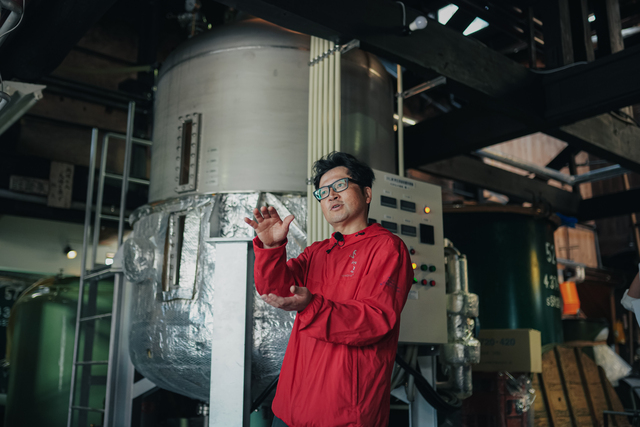
We visited Shigeke Shuzo’s shochu brewery in a port town 3 km away from the sake brewery. The smallest shochu warehouse in Iki, with distillers and tanks of various types, old and new, lined up on the different levels of the ceiling, and the koji room and storage room organized in an efficient line of flow. It is a wooden building from the Taisho era. When the previous generation bought it, it was not a shochu cellar, so we installed a distillation machine to match the height of the roof and converted it into a shochu cellar,” Yuzo says. It was also used as a residence before, and my younger brother and I spent our high school years here. Even as children, we always smelled sake in our daily lives,” he smiles. Since the taste of shochu varies depending on the shape, material, and distillation method of the distillation equipment, Shigeke Brewery also customizes its distillation equipment with the latest technology, taking into consideration the structure of the brewery and the flavor it aims to produce. The distillation kiln is used to boil the mash, and the steam is cooled to produce the raw shochu liquor. This method is used in the production of whiskey. By preserving tradition while adopting new techniques, the Shigeke Brewery produces unique shochu.
Shigeke Shuzo’s Shochu and Representative Works
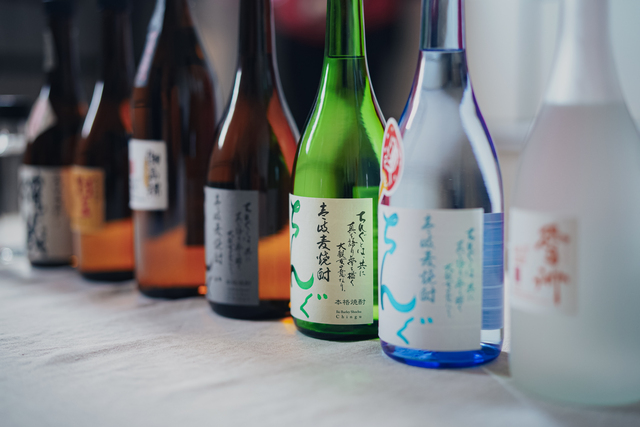
Shigeke Shuzo’s representative works include “Sesshu,” a longtime seller since the company’s founding, and “Chingu,” which means “great friend” in the Iki dialect. Shigeke Shuzo’s shochu is characterized by a lineup that can be enjoyed in a variety of ways, both in the mouth and in the way it is drunk.
The alcohol content is mainly 25 and 20 degrees, but 20 degrees is most commonly consumed on Iki Island. When asked why, he replied, “In Iki, shochu is always served at town meetings and other gatherings. I imagine that the reason for this is to save people the trouble of bringing water to the venue. For example, there is a difference in the mildness of 25° shochu and 20° shochu between drinking shochu that is originally watered at 20° and drinking a product that is watered at 20°. Perhaps the islanders have experienced this, which is why they choose 20° from the beginning,” says Yuzo. People gather together, and they are always giving and receiving. This is an episode unique to the island where Iki shochu culture is deeply rooted.
Shigeya Shuzo is not only engaged in traditional shochu production, but also in product development with new customers in mind. OMOYA GIN,” based on Iki barley shochu, is a craft gin that was created after more than 70 trials in cooperation with a university laboratory. Add four times the amount of strongly carbonated water to the gin and drink it, and you will enjoy the gorgeous aroma of juniper berries and Iki yuzu.
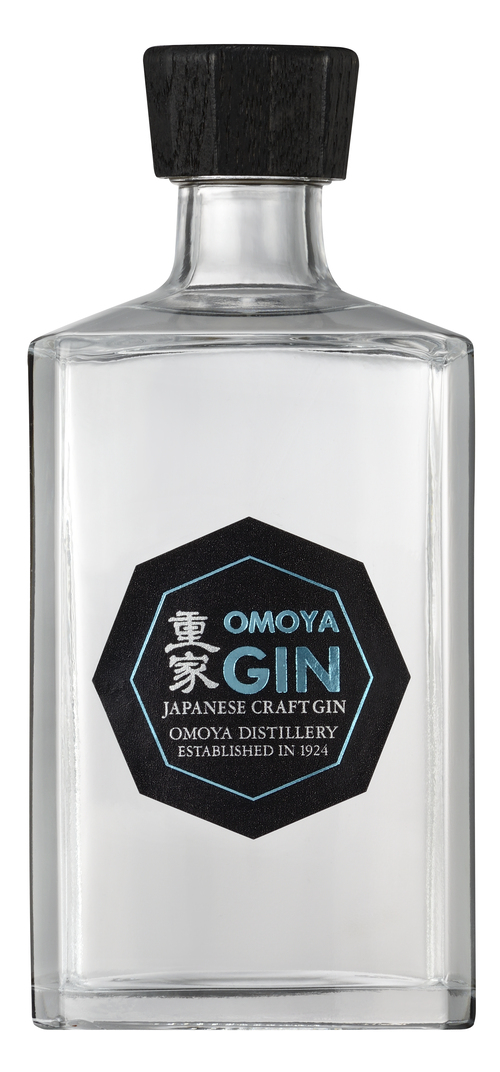
Sesshu,” the best-selling gin on the island
Yukishu” is another name for Iki Island. It is a beautiful name given to the pure white sandy beach made of fine shells, which an Edo period (1603-1867) poet wrote in a poem, “It looks just like snow. It has been made since the establishment of the company and is the best-selling product on the island. It was awarded the Director’s Cup of the Fukuoka Regional Taxation Bureau in 1989 and 1991.
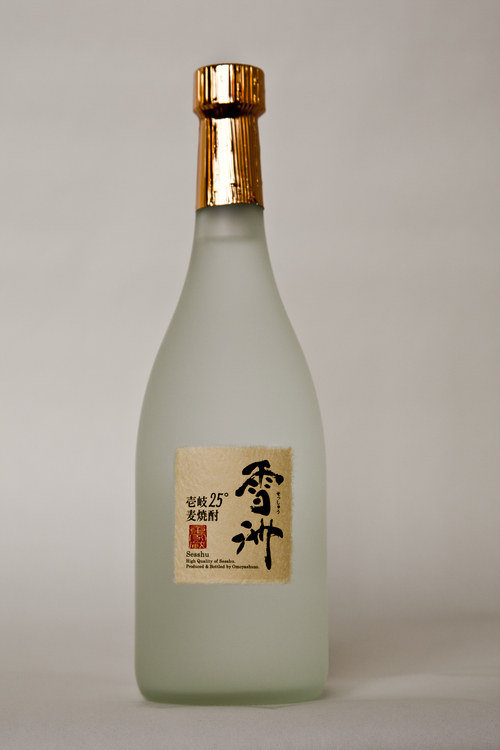
A lineup rich in individuality “Chingu
A wide variety of variations are available. Based on one-third Iki rice and two-thirds barley, the brewery combines white koji, black koji, atmospheric distillation, and reduced-pressure distillation to give each a unique flavor. For example, “Chingu Black Koji Brewing” is a bottle in which the aroma and strength of Rokujo barley and black malted barley are enhanced by normal-pressure distillation. Chingu Natsu Joujyo” has an alcohol content of 19%. It is characterized by its cool and refreshing taste, which can be enjoyed when mixed with carbonated water.

Koshizo,” named after the founder and the origin of the Shigeke Brewery
The shochu is made from Iki-produced Koshihikari rice and Iki-produced barley “Nishinohoshi,” brewed in a kettle and distilled under normal pressure, then aged for a long time. It is a bottle that expresses the traditional Iki shochu, and can be said to be the starting point of the Shigeya Shuzo brewery.
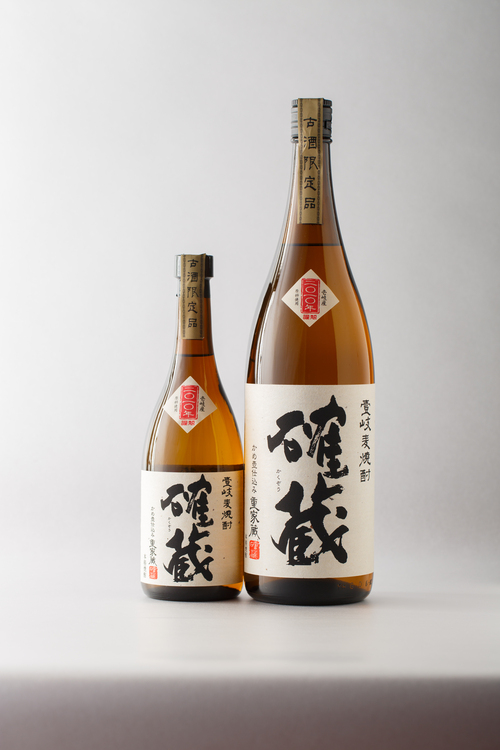
The “first cup” of sake that makes you want to drink more cups.
Four years have passed since the birth of the new brewery. Mr. Taizo always goes back to the basics of sake brewing, “1 koji, 2 moto, and 3 zukuri,” and pours his heart and soul into bringing out the individuality and performance of the yeast every day. First of all, I want people to know about Iki Island. I would be happy if more people become interested in the island because of the wonderful nature and culture that nurtures sake. What we are aiming for is the “first cup” of sake, which is aromatic, light, and sharp. Sake brewed with the blessings of Iki using the latest technology will be the toast of the world until the day it becomes the toast of the world. The passion of the toji will spread the sake born on Iki Island to the world.



